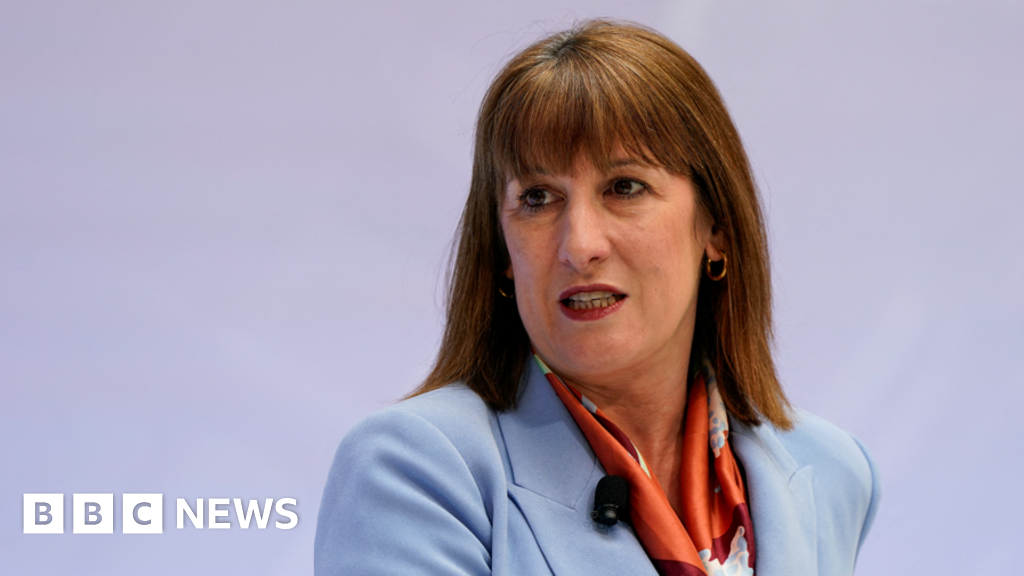
Chancellor Rachel Reeves’ ambitious plan to cut billions from welfare costs has hit a significant roadblock. Following substantial government concessions on the benefits bill, the anticipated £5 billion in savings by 2029-30 has been severely compromised. This development comes on the heels of a reversal on the Winter Fuel Allowance, further eroding the government’s £10 billion financial buffer intended to stabilize public finances. As the Autumn Budget looms, Reeves is left with five critical options to navigate the fiscal landscape.
Economic Growth and Debt Management
One option for the government is to adopt a “wait and see” approach, hoping for stronger-than-expected economic growth and a reduction in debt interest costs. However, this is a risky strategy. Reeves initially announced welfare reforms in the Spring Statement due to rising debt interest payments and weaker tax receipts, which had already depleted her £10 billion buffer. The Office for Budget Responsibility (OBR) has since halved its forecast for UK economic growth this year to just 1%, underscoring the uncertainty that persists.
Meanwhile, the UK has managed to strike a trade deal with the US, reducing tariffs on certain goods such as cars, though a 10% tax remains in some areas. A final agreement on UK steel shipments to the US is still pending, adding another layer of complexity to the economic outlook.
Spending Review and Budget Adjustments
Reeves recently announced a Spending Review, with the NHS and defense sectors as the primary beneficiaries, receiving an additional £30 billion annually. Other departments faced cuts or minimal increases. Asking ministers to find further savings after just allocating budgets could disrupt operations and damage the government’s credibility. Additionally, there’s uncertainty about the feasibility of removing the two-child benefit cap, a move that would cost £3.5 billion.
Reeves has set two non-negotiable financial rules: day-to-day spending must be covered by government revenue, primarily taxes, and borrowing should only fund investment. Debt must also decrease as a share of national income over a five-year period. Altering these self-imposed rules could unsettle markets, potentially increasing debt interest payments.
OBR Assessments and Policy Stability
The OBR currently provides two assessments of the UK’s economic and financial outlook annually, coinciding with the Autumn Budget and the Spring Statement. The International Monetary Fund (IMF) has suggested limiting this to once a year during the Budget to promote policy stability and reduce pressure on the government’s financial buffer, often referred to as “headroom.”
“Small revisions to the economic outlook can erode the headroom within the rules, which is the subject of intense market and media scrutiny,” the IMF noted.
Reeves has introduced a law requiring any significant government tax or spending changes to undergo OBR assessment. Limiting reports to once a year could mean the Spring Statement focuses solely on economic updates.
Tax Policies and Revenue Generation
Labour has pledged not to raise taxes for “working people,” ruling out increases to employee National Insurance Contributions, Income Tax, and VAT. Cabinet minister Pat McFadden confirmed this commitment but acknowledged “financial consequences” from the decision to soften planned welfare cuts. This leaves Reeves with limited options to bolster government finances.
One potential solution is extending the freeze on tax thresholds, a policy introduced by the previous Tory government, which was set to end in April 2028. Extending it until the end of the parliament could generate nearly £7 billion. While effectively a tax increase for those whose incomes rise, it could provide a much-needed fiscal boost.
Extending the tax threshold freeze “could bring in nearly £7bn,” experts suggest, offering a temporary fix for a government in need.
As Reeves navigates these complex challenges, the choices she makes will not only impact the immediate fiscal landscape but also the broader economic stability of the UK. The coming months will be critical in determining how effectively the government can manage its finances amid ongoing uncertainties.







